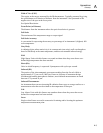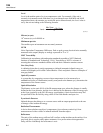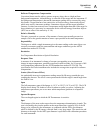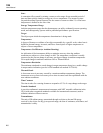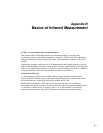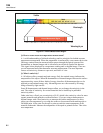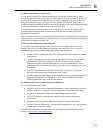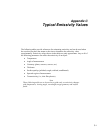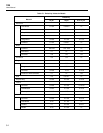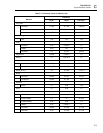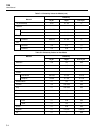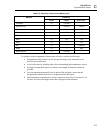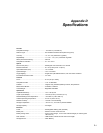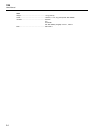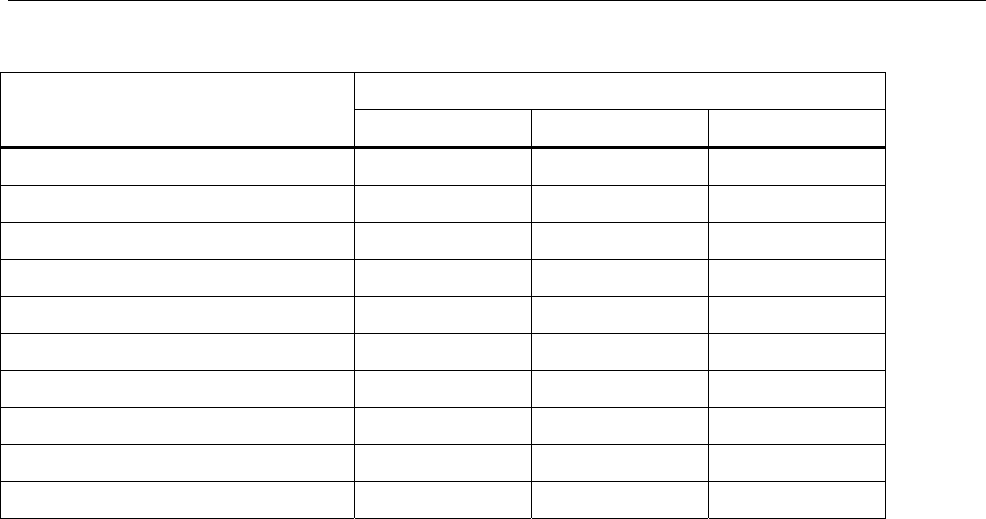
Appendices
Typical Emissivity Values C
C-5
Table C-2. Emissivity Values for Non-Metals (cont)
Material Emissivity
1.0 µm 1.6 µm 8 to 14 µm
Limestone n.r. 0.4-0.98
Paint (non-Al.) — 0.9-0.95 0.9-0.95
Paper (any color) n.r. 0.95 0.95
Plastic (opaque, over 20 mils) n.r. 0.95 0.95
Rubber n.r. 0.9 0.95
Sand n.r. 0.9 0.9
Snow n.r. — 0.9
Soil n.r. — 0.9-0.98
Water n.r. — 0.93
Wood, Natural n.r. 0.9-0.95
To optimize surface temperature measurement accuracy consider the following:
• Determine the object emissivity for the spectral range of the instrument to be
used for the measurement.
• Avoid reflections by shielding object from surrounding high temperature sources.
• For higher temperature objects use shorter wavelength instruments, whenever
possible.
• For semi-transparent materials such as plastic film and glass, assure that the
background is uniform and lower in temperature than the object.
• Hold instrument perpendicular to surface whenever emissivity is less than 0.9. In
all cases, do not exceed angles more than 30 degrees from incidence.



